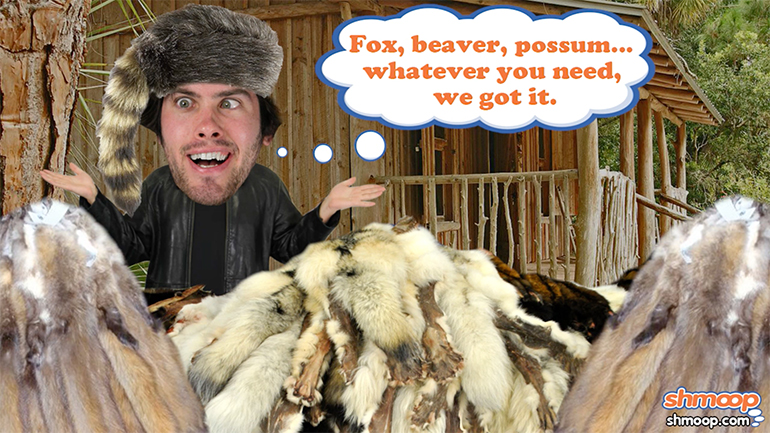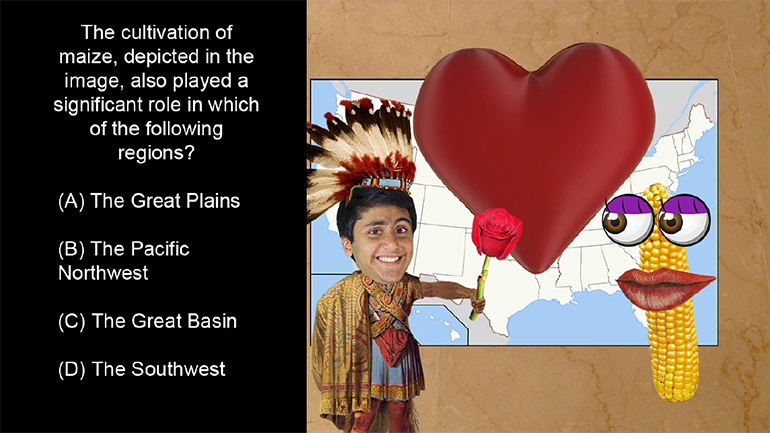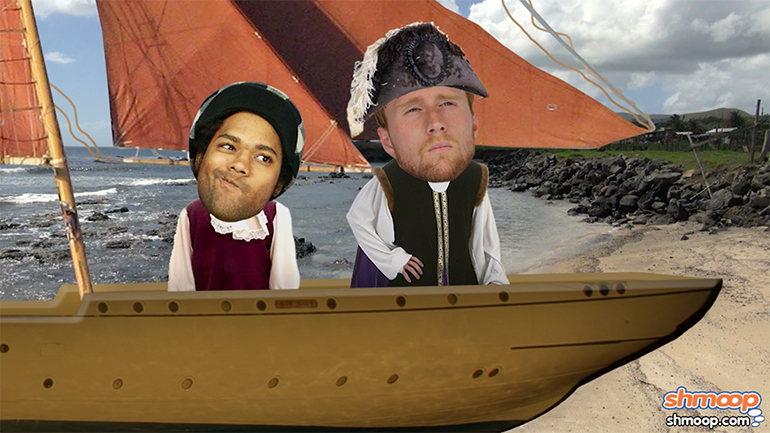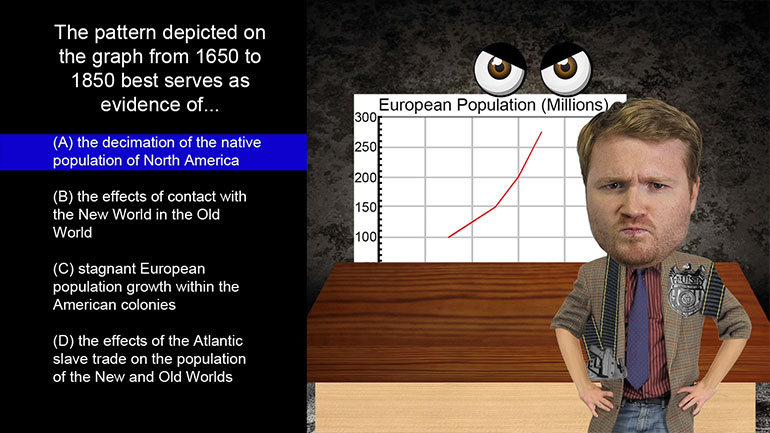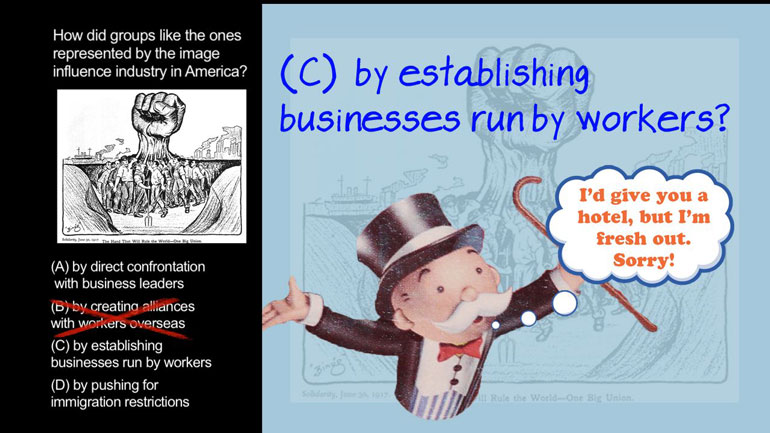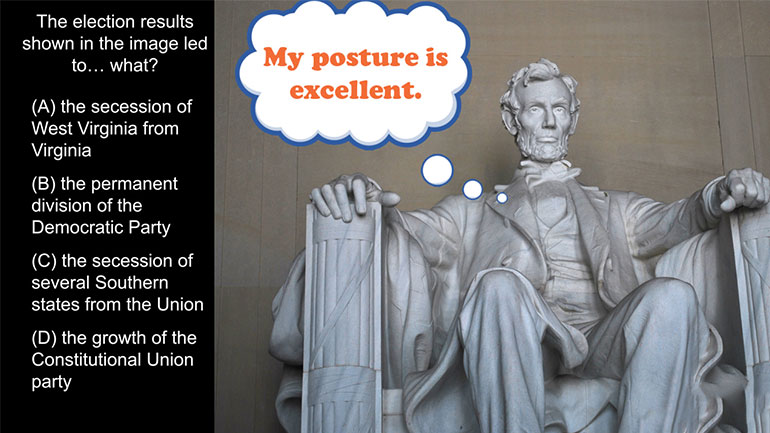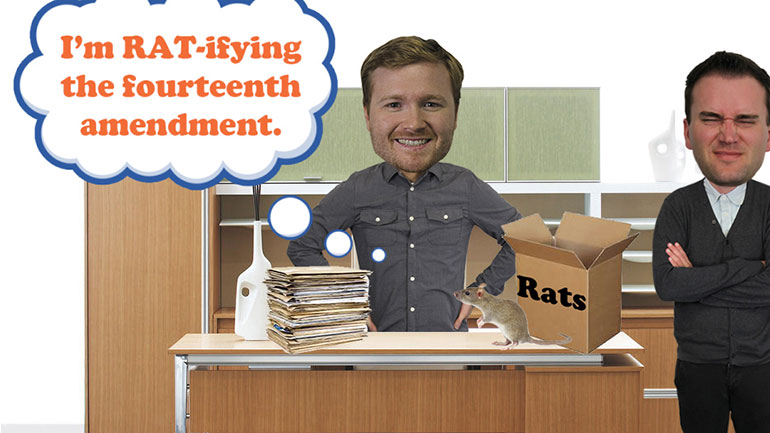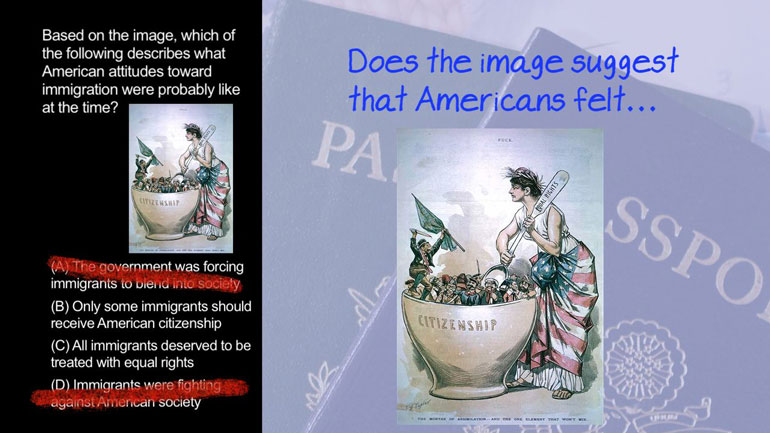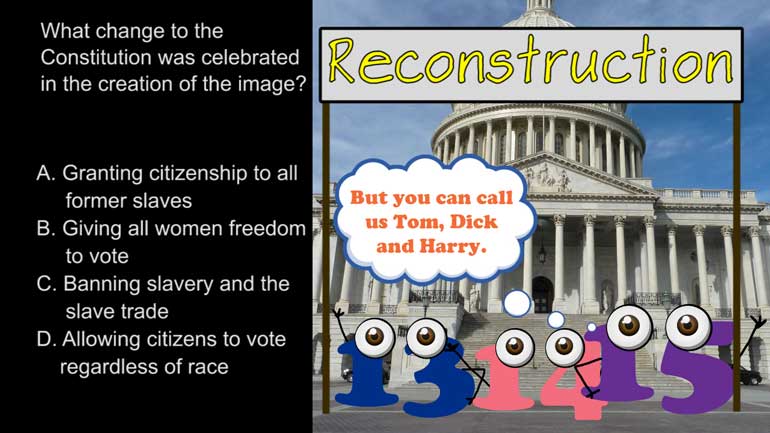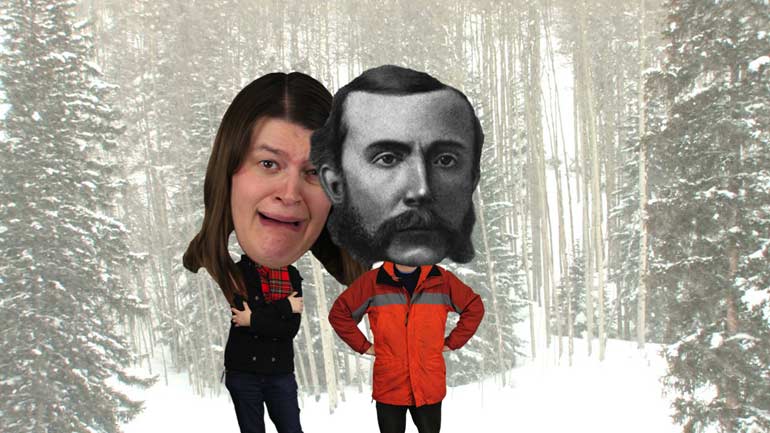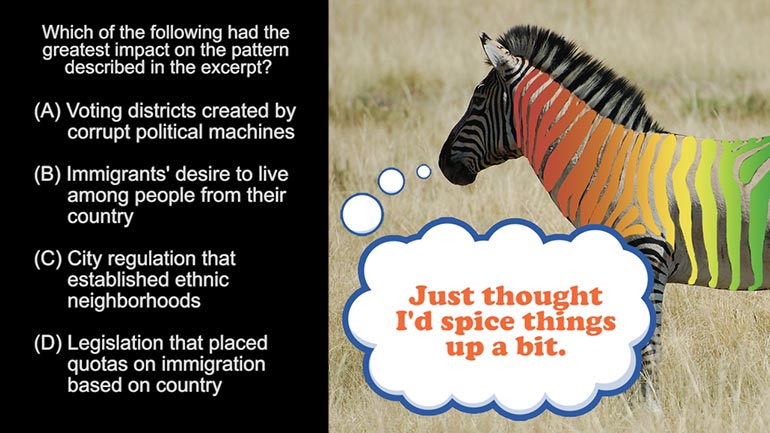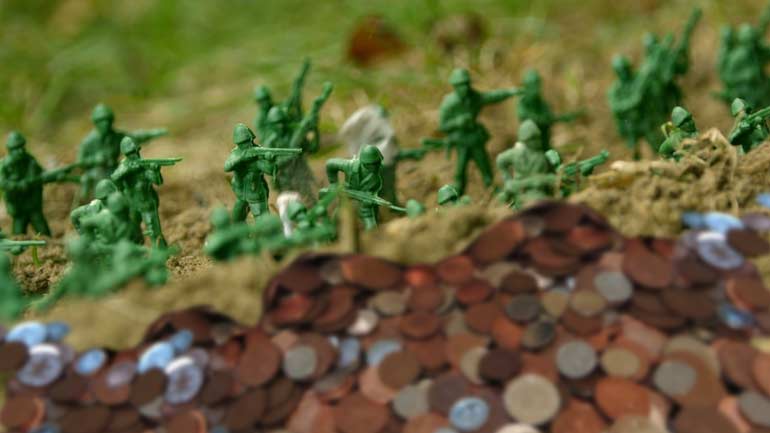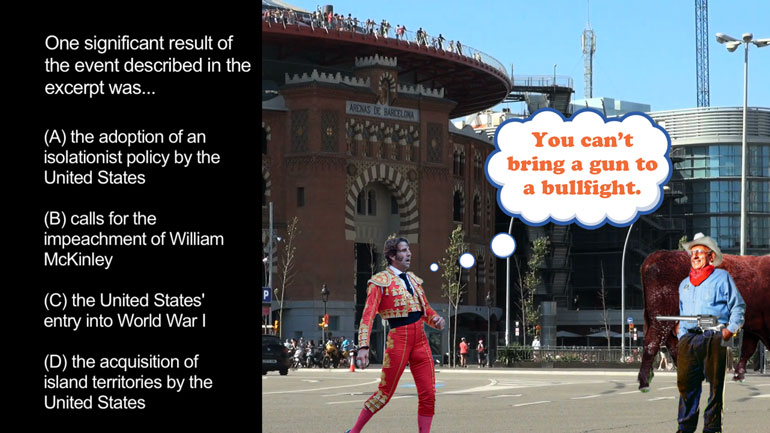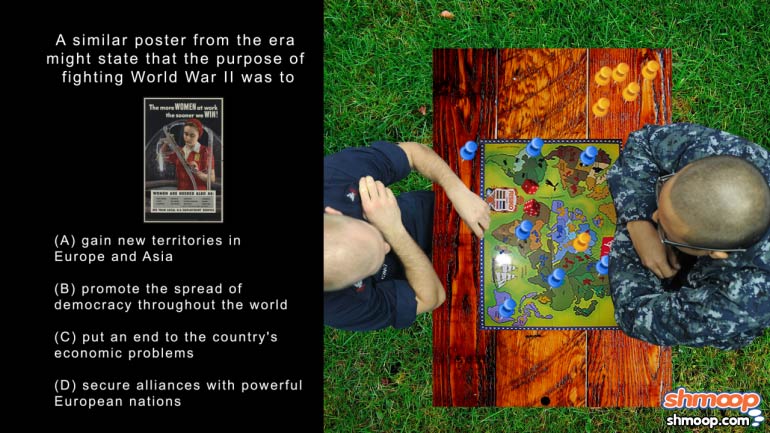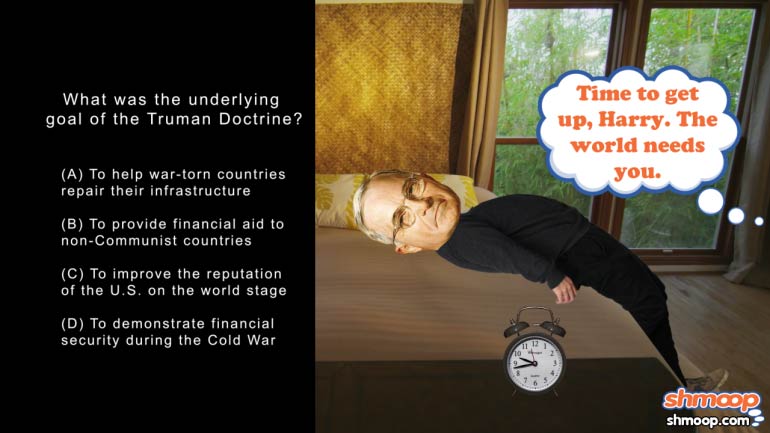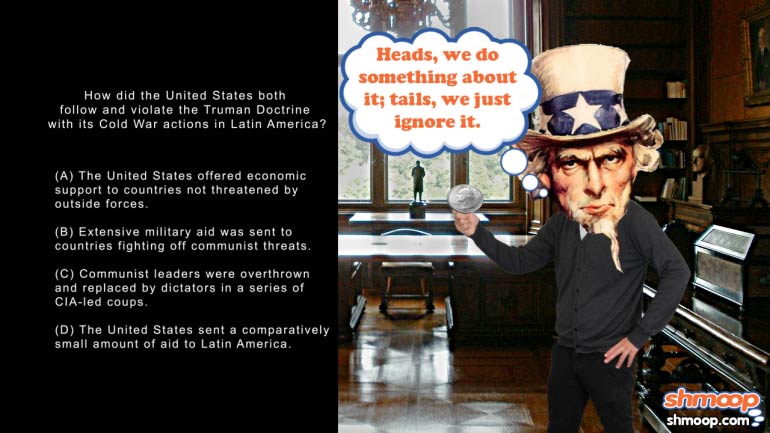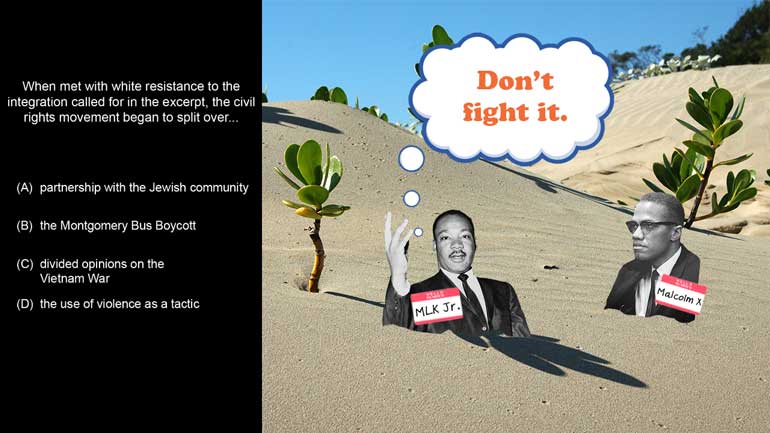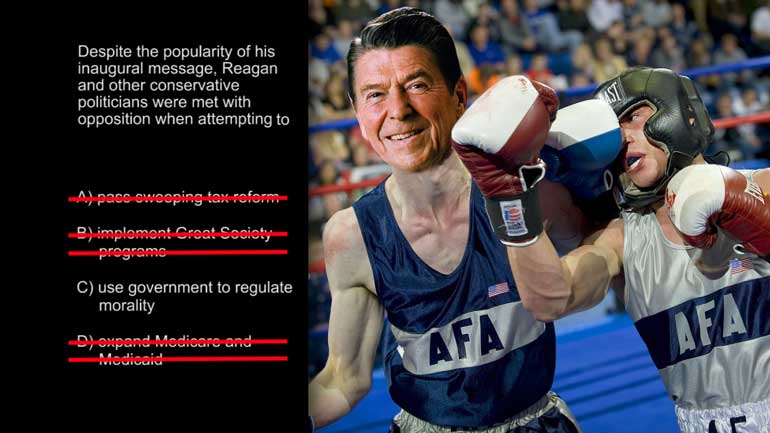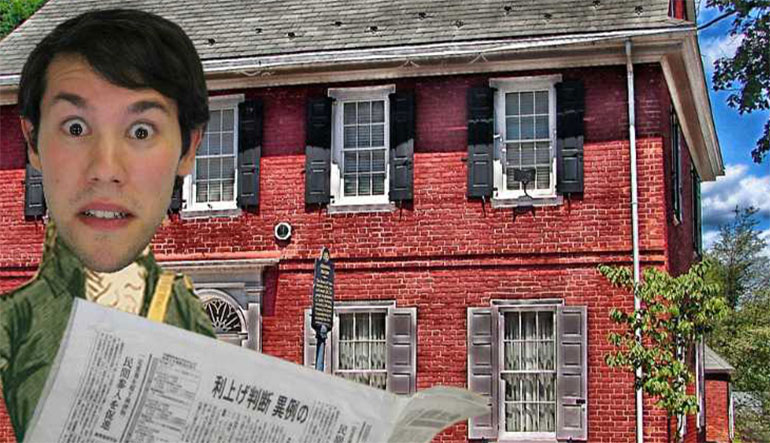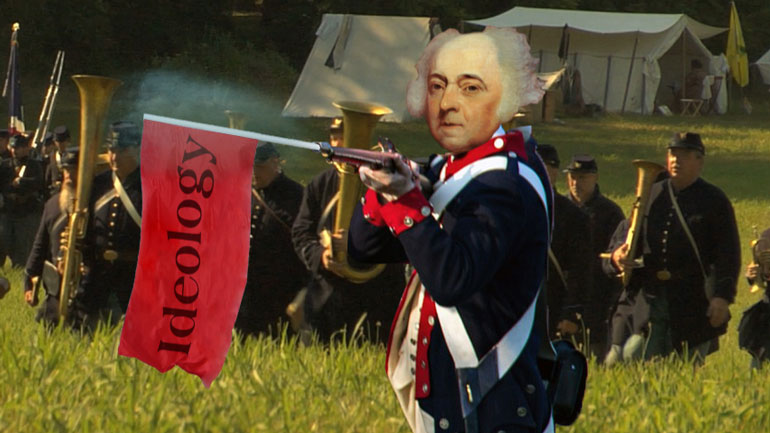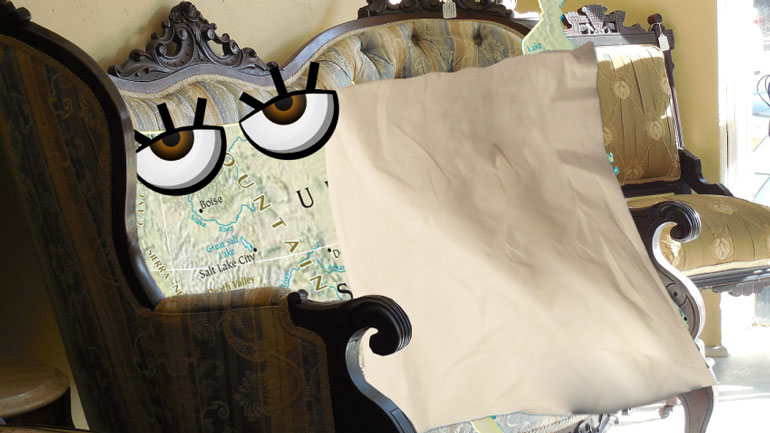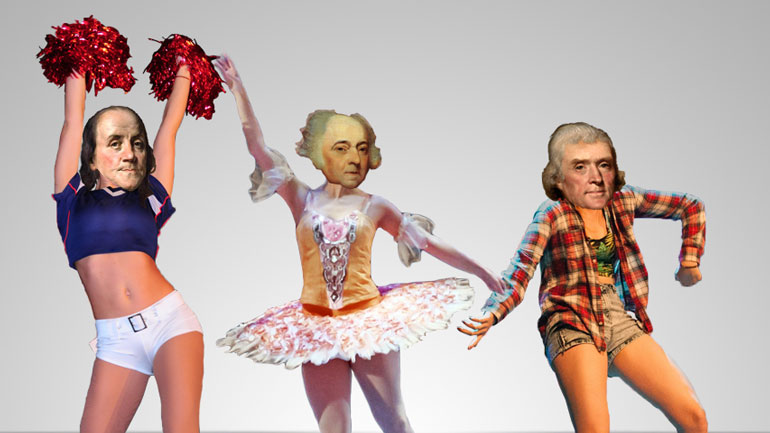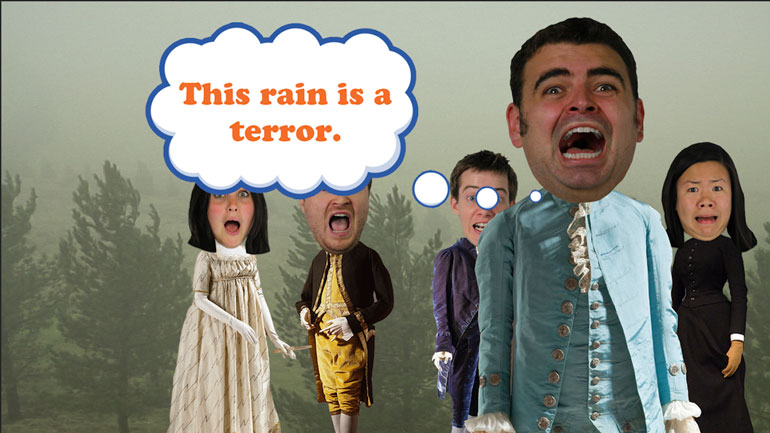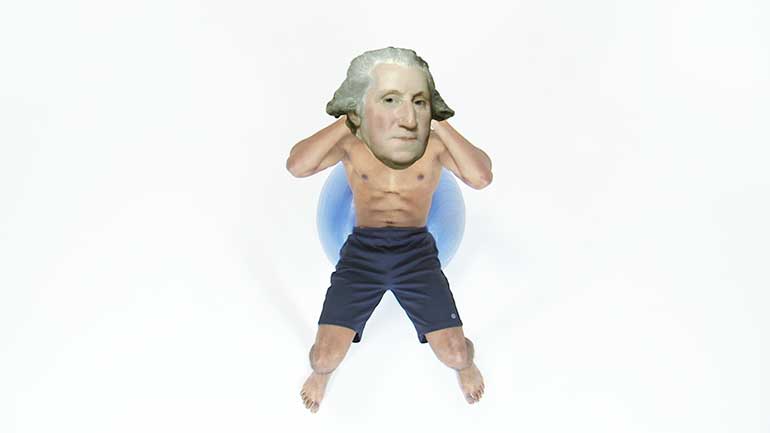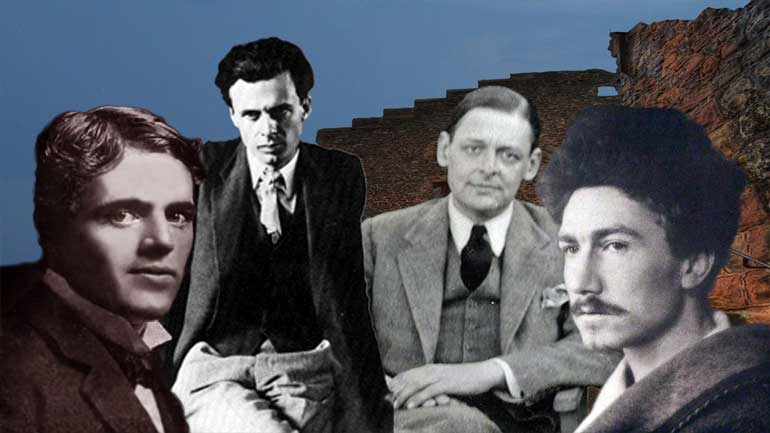ShmoopTube
Where Monty Python meets your 10th grade teacher.
Search Thousands of Shmoop Videos
AP U.S. History Videos 167 videos
AP U.S. History 3.1 Period 2: 1607-1754. Which of the following contributed most directly to the process seen in the image?
AP U.S. History Period 1: 1491-1607 Drill 3, Problem 2. The cultivation of maize, depicted in the image, also played a significant role in which of...
AP U.S. History 3.2 Period 4: 1800-1848. The goals presented in the excerpt have the most in common with which of the following?
AP U.S. History Exam 1.4 173 Views
Share It!
Description:
AP U.S. History Exam 1.4. According to the excerpt, how were the economic strategies of the English colonies different from those of other European nations?
Transcript
- 00:00
[ musical flourish ]
- 00:02
And here's your Shmoop du jour, brought to you by silk farming,
- 00:05
the most fashionable agricultural pursuit.
- 00:08
Yeah. The silk tie I want.
- 00:10
All right, first up, the excerpt.
Full Transcript
- 00:12
Hey, is that from those worms? That spit out the silk? Cool.
- 00:16
All right. [ mumbles ]
- 00:21
All right, and now the question:
- 00:22
According to the excerpt,
- 00:24
how were the economic strategies of the English colonies
- 00:28
different from those of other European nations?
- 00:31
And here are your potential answers.
- 00:33
[ mumbles ]
- 00:37
[ mumbling continues ] All right, here we go.
- 00:40
Europeans were literally and figuratively
- 00:43
all over the map during the Age of Exploration,
- 00:46
with each country taking a different approach to
- 00:48
colonizing the Americas.
- 00:50
Let's see which answer best describes how the English
- 00:53
distinguished themselves from the rest.
- 00:56
All right. Were the economic strategies of the English colonies
- 00:59
different because A - the Spanish had better
- 01:02
trade relationships with Native Americans?
- 01:05
Hmm. Well, actually, it was the French and Dutch
- 01:08
who traded with Native Americans to get their precious furs,
- 01:12
not iron ore, mind you.
- 01:14
The Spanish and English relied more on enslavement
- 01:16
and marginalization. Effective, sure, but, uh,
- 01:19
not very well-received. So that knocks out A and D.
- 01:23
Did England's approach differ from other European countries because B -
- 01:27
Dutch colonists had a long-established and profitable silk trade?
- 01:31
Hmm. Well, the excerpt refers to
- 01:33
"skillful men from Naples or Siciliy
- 01:36
to teach us the art" of making silk.
- 01:39
That's Italy, not the Netherlands.
- 01:41
So it's a-not-a B, either.
- 01:43
Which means that the economic strategies of the English colonies were
- 01:46
different from other European nations because C -
- 01:50
the English based their colonies on the development of agriculture.
- 01:55
Even though it took Virginians a little while to get the hang of things,
- 01:57
the introduction of tobacco really turned things around
- 02:00
and the colony was soon soiled with profits. [ chuckles ]
- 02:04
So C is the right answer.
- 02:05
As those tobacco plantations took off,
- 02:08
agriculture became Virginia's economic savior.
- 02:11
"Holy smoke" is right.
- 02:14
[ angelic harmony ]
Related Videos
Ever heard of a "living document"? They eat and breathe just like the rest of us! They even walk around on their own two legs. Okay, fine—maybe t...
If the Puritans had gotten their way, religion would play a much larger role in lawmaking these days. Want to know more? Watch the video for all th...
What happened between the creation of the Articles of Confederation and the ratification of the current U.S. Constitution? This video analyzes the...
The Modernists thought the world had a lot of problems, and they were intent on fixing them—or at least talking about fixing them. Unfortunately,...
This video explains Federalism and the quest for a fair balance between state and national power. It covers the progression and compromises of Fede...
